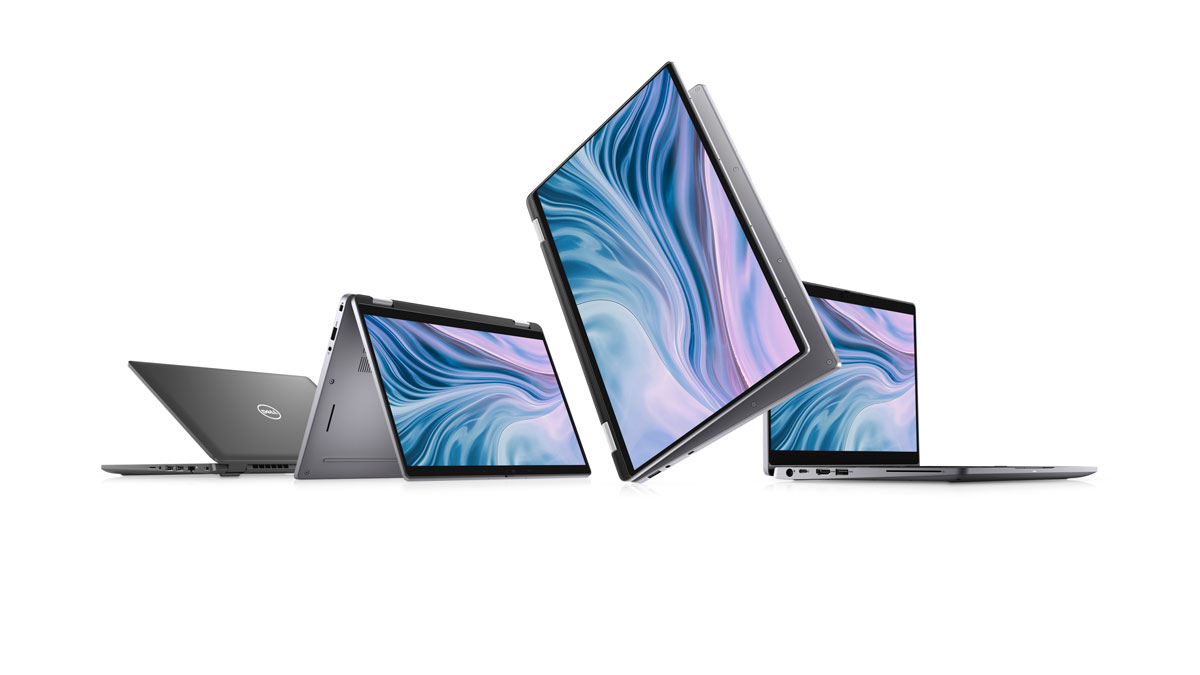Avaya, global business communications leader, is set to put strong focus on the growing Malaysian mid-market space in 2014. We recently caught up with Avaya Malaysia’s country director, Mohd Rasidan Mohd Taher, and its mid-market expert, Hubert Lee who shared Avaya’s strategy and plans for Malaysian SMEs in 2014, and relevant trends and key imperatives for the success of Malaysian SMEs.

SMEs driving the Malaysian economy
Malaysian SMEs form a large part of the Malaysian economy. SME contribution to overall national GDP was 32.7% in 2012 and through the government-backed SME Masterplan (2012-2020), the goal is to raise the contribution to 41%.
The growth of the SME sector is currently between 6-6.6% with over a million business registered in 2012.
As of 1 January 2014, the definition of SME in Malaysia has been modified, where a higher sales turnover is required to be classified as small or medium enterprises. For example, in the services sector, a minimum RM3 million annual sales turnover qualifies as medium enterprise.
Avaya on a global scale
Avaya is a business enabler providing unified communications, real-time video collaboration, contact centre and networking to businesses around the world. Its strong background in PABX and contact centres has seen it grow to become the largest infrastructure company on the world for unified communications and collaboration segment.
Top 10 financial companies, healthcare providers, governments and education institutions use Avaya’s plethora of tools.
In his opening keynote, Avaya Malaysia’s country director, Mohd Rasidan Mohd Taher revealed that the recent 2014 Winter Olympics in Sochi utilised Avaya’s technology, the most-digitally enabled Winter Olympics ever. Avaya was the official supplier of networking equipment to Sochi. The feat took merely two weeks to implement, requiring only three engineers. Five personnel was all that was needed to manage the system, which provided simultaneous network access to over 120,000 devices.
An Avaya spokeswoman called it “the largest BYOD Olympics, ever.”
The Sochi success showed Avaya’s prowess as an enabler, much attributed to its adoption of open standards such as Shortest Path Bridging (SPB) IEEE802.1EQ. SPB allows network implementation to the edge, from datacentre using a single fabric and protocol. This translates to faster implementation, and reduced costs.









